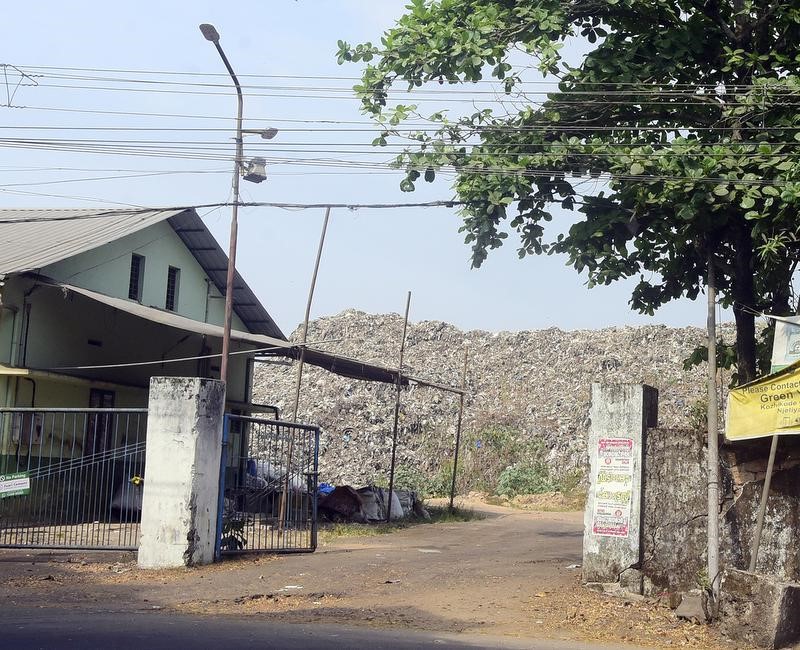Description

Disclaimer: Copyright infringement not intended.
Context: The Kerala government recently announced the State’s first waste-to-energy project in Kozhikode.
Details:
- The proposed facility is expected to be built in two years and produce approximately 6 MW of energy.
- There are about 100 such projects across the country, but only a handful of them are operational due to various production and operational challenges.
.jpeg)
What do these plants do?
- Waste-to-energy projects use non-recyclable solid waste to generate electricity.
- This process increases the country's power generation capacity and eases the burden of solid waste management (SWM).
Need:
- In general, solid waste in India is biodegradable organic waste that can be converted into organic compost or biogas; 25-30% non-biodegradable dry waste; and about 15% grass, stone and waste waste.
- Only 2-3% of non-biodegradable solid waste, including hard plastic, metal and e-waste, is recycled.
- The rest consists of low-grade plastic, clothing and non-recyclable textiles.
- This non-recyclable dry waste portion is the most challenging part of the current SWM system; the presence of this material also reduces the efficiency of processing dry and other wet waste.
- Plants use this part. Waste is burned to produce heat that is converted into electricity.

Reasons for failure:
- Although fossil energy plants seem like a simple solution, there are some challenges for their implementation.
- The first is the low-calorie value of solid waste in India due to improper segregation.
- The calorific value of mixed Indian waste is about 1500 kcal/kg, making it unsuitable for power generation.
- The calorific value of coal is about 8000 kcal/kg.
- Biodegradable waste has a high moisture content and cannot be used to generate electricity.
- The calorific value of separated dry waste and dry unprocessed waste is higher, 2800-3000 kcal/kg, which is enough for power plants.
- However, segregation (preferably at the source, if not at the processing plant) must be arranged for incoming waste to have this calorific value.
- The second is the high cost of energy production.
- The cost of generating energy from waste is around ₹ 7-8/unit, while the cost boards incur in the state to purchase electricity from coal, hydro and solar power plants is around ₹ 3-4/unit.
- As a result, many energy-power projects fail due to wrong estimates, high expectations, wrong characterization studies and other conditions on the ground.
How can these issues be resolved?
- Working with the waste-to-energy plant depends on parameters such as collection efficiency, waste segregation, humidity and operational efficiency of existing waste treatment plants.
- If this plant has operational problems (as it usually does), the nature of the waste will have a high moisture content and low calorific value, which will harm electricity production.
- Building such projects is complex and requires the full support of municipalities, the state and the public.
- To overcome various challenges, the municipality must ensure that only non-biodegradable dry waste is sent to the plant and manage other waste separately.
- There should be a tripartite agreement between the municipality, the plant operator, and the power distribution agency.
- It is also crucial to conduct field studies and learn from the experience of other projects.
MUST READ: https://www.iasgyan.in/blogs/waste-to-energy
|
PRACTICE QUESTION
Q) Discuss the significance of waste-to-energy plants from an economic as well as ecological perspective. (150 words)
|

https://epaper.thehindu.com/ccidist-ws/th/th_delhi/issues/29552/OPS/GVEB13480.1+GIOB13H05.1.html












